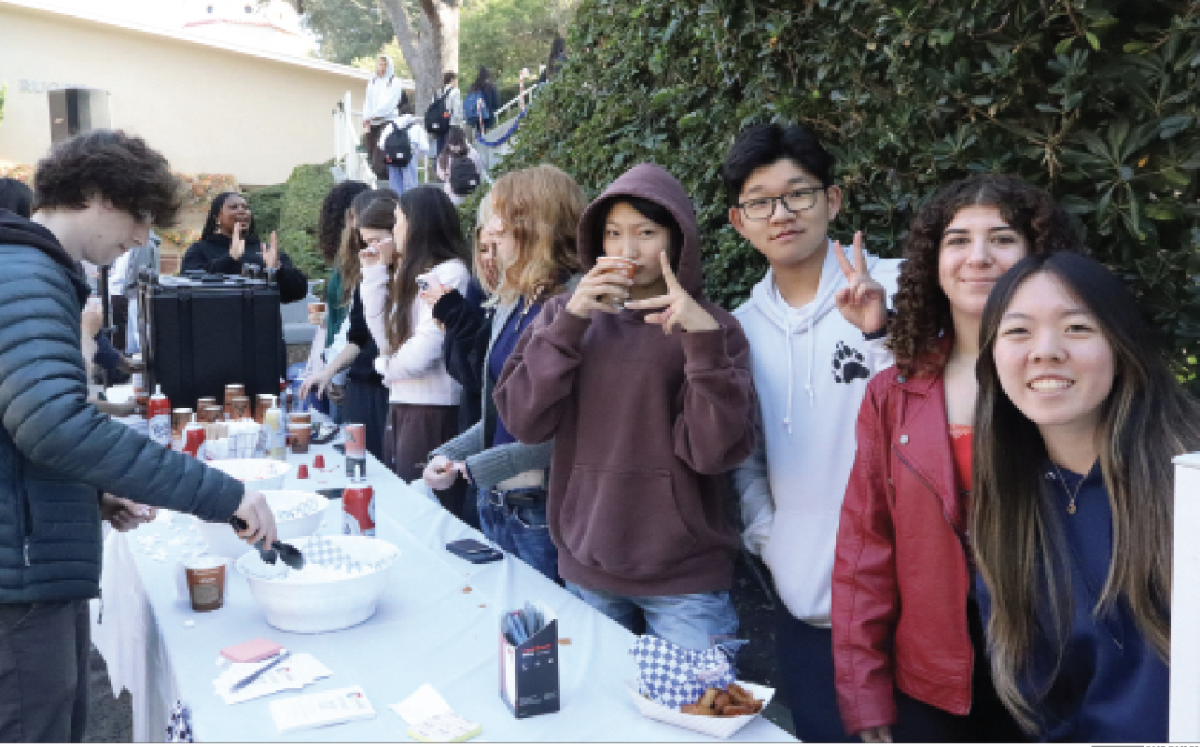By Matthew Lee
The Siemens Foundation named Ian Cinnamon â10 and Andrew Wang â10 semifinalists of the Siemens Competition in Math, Science, and Technology.
Semifinalist is the highest award given to students who submit research.
Cinnamon submitted an experiment that analyzed stereoscopic vision, which is the study of how humans perceive what they see.
“The experiment included dozens of human subjects and tens of thousands of data points” Cinnamon said. “I discovered that relative stereoscopic searches require a serial search and are therefore not a fundamental feature of vision.”
During the summer Cinammon participated in the Research Science Institute, sponsored by MIT and the Center for Excellence in Education. Cinnamon worked with Dr. Jeremy Wolfe, a Harvard and MIT professor of Visual Attention, and researched stereoscopic vision, a subdivision of Visual Attention.
Cinnamon entered his project in the competition because almost everyone that participated in the Research Science Institute program also entered projects, Cinnamon said.
Wang worked on his project with a student from another school and analyzed Mitochondrial Activity and Autophagy Response in Myoblasts. Wang and his partner discovered that the autophagy-related gene could serve as a potential therapeutic target for treating muscle atrophy.
Wang never entered a science contest before entering the Siemens competition and learned about the competition from the poster in Munger. Wang said the competition gave him an opportunity to develop his skills for real life situations.
“Obviously, the competition requires knowledge in science, but really it is about how you can manage a project and thus, real life situations,” Wang said. “In my opinion, Siemens Competition is one of the only high school competitions that test how well you can do in the world with your current skills.”
The Siemens Competition, administered annually by the College Board, awards college scholarships from $1000 to $100,000 in individual and team categories. This year 1,348 projects were received and 318 students were selected as semifinalists.




























